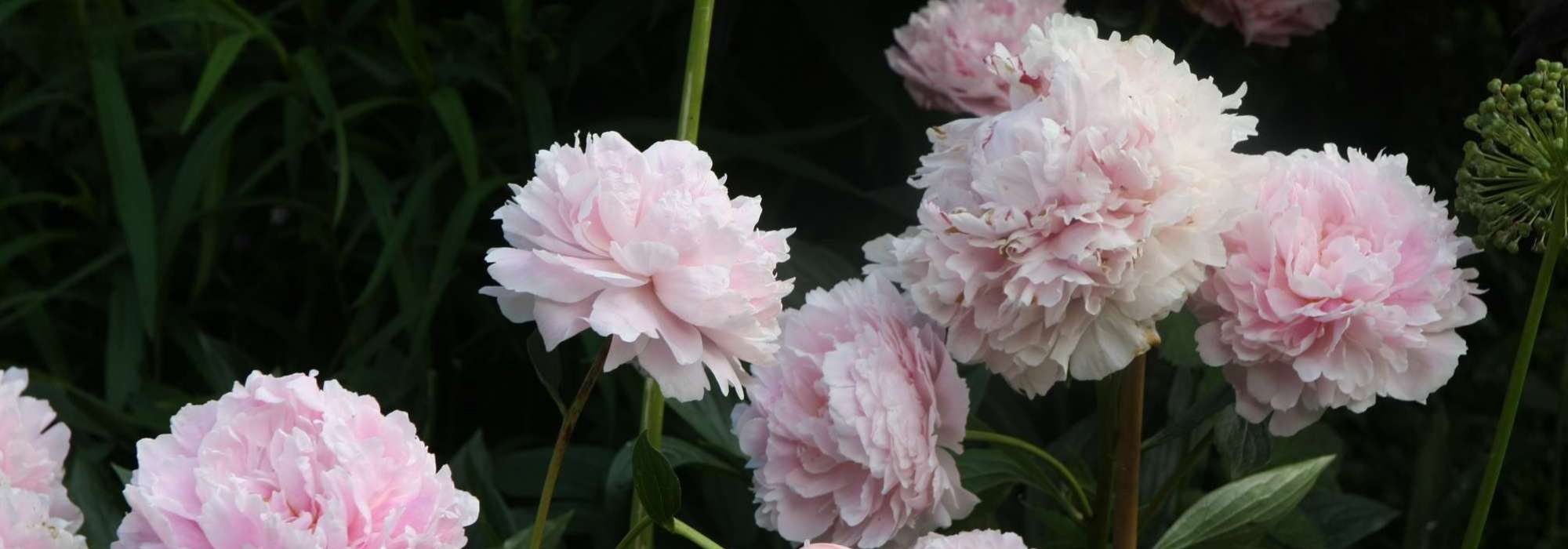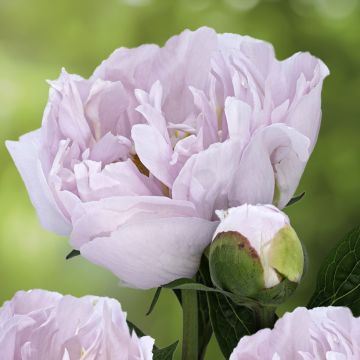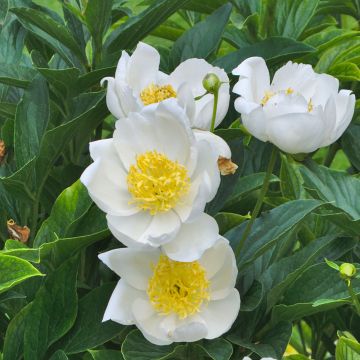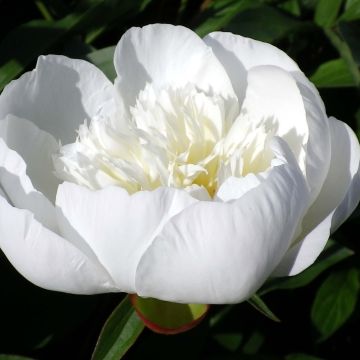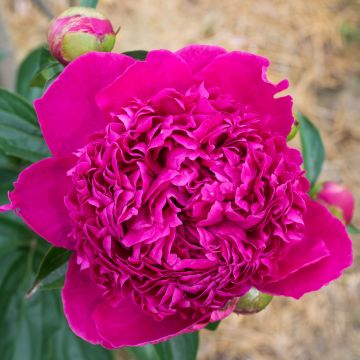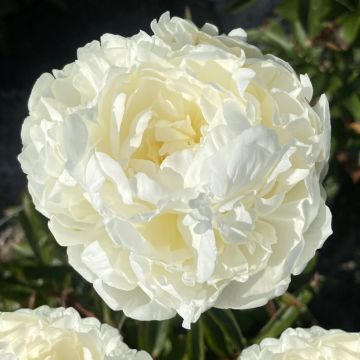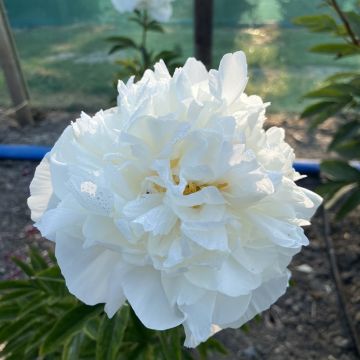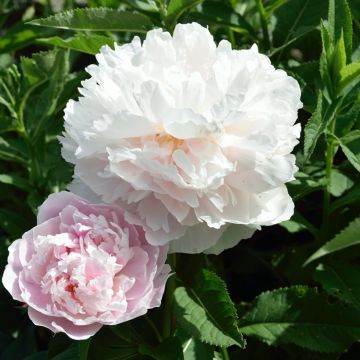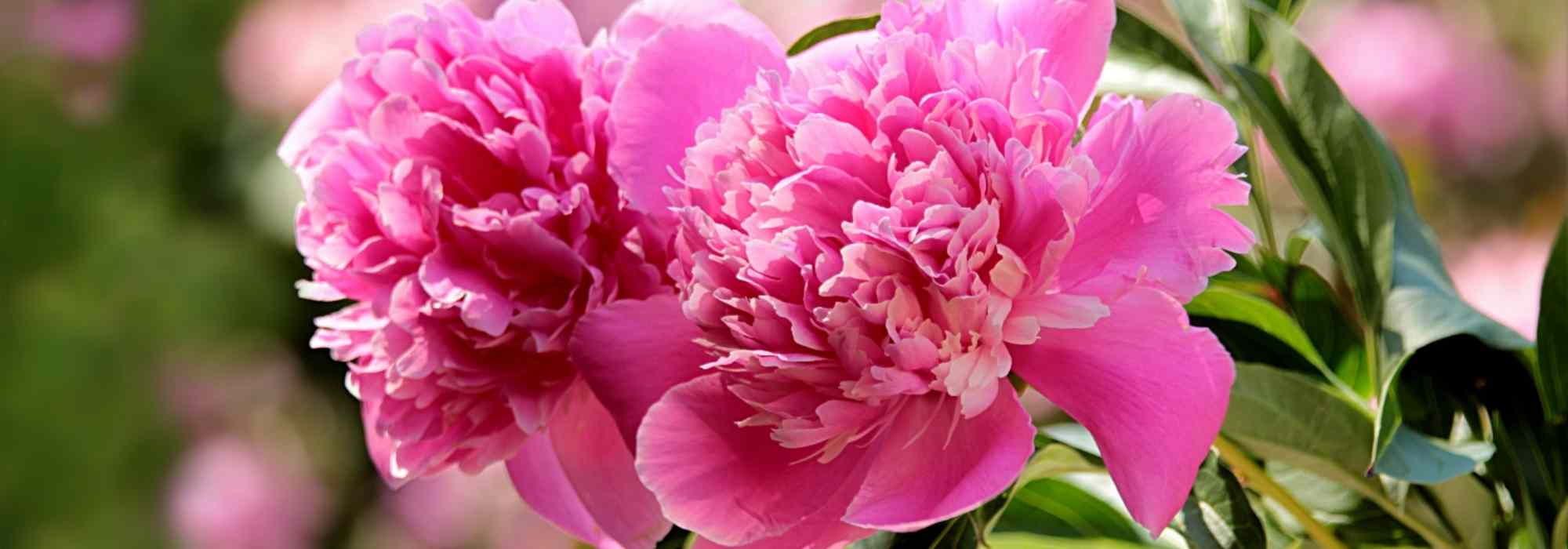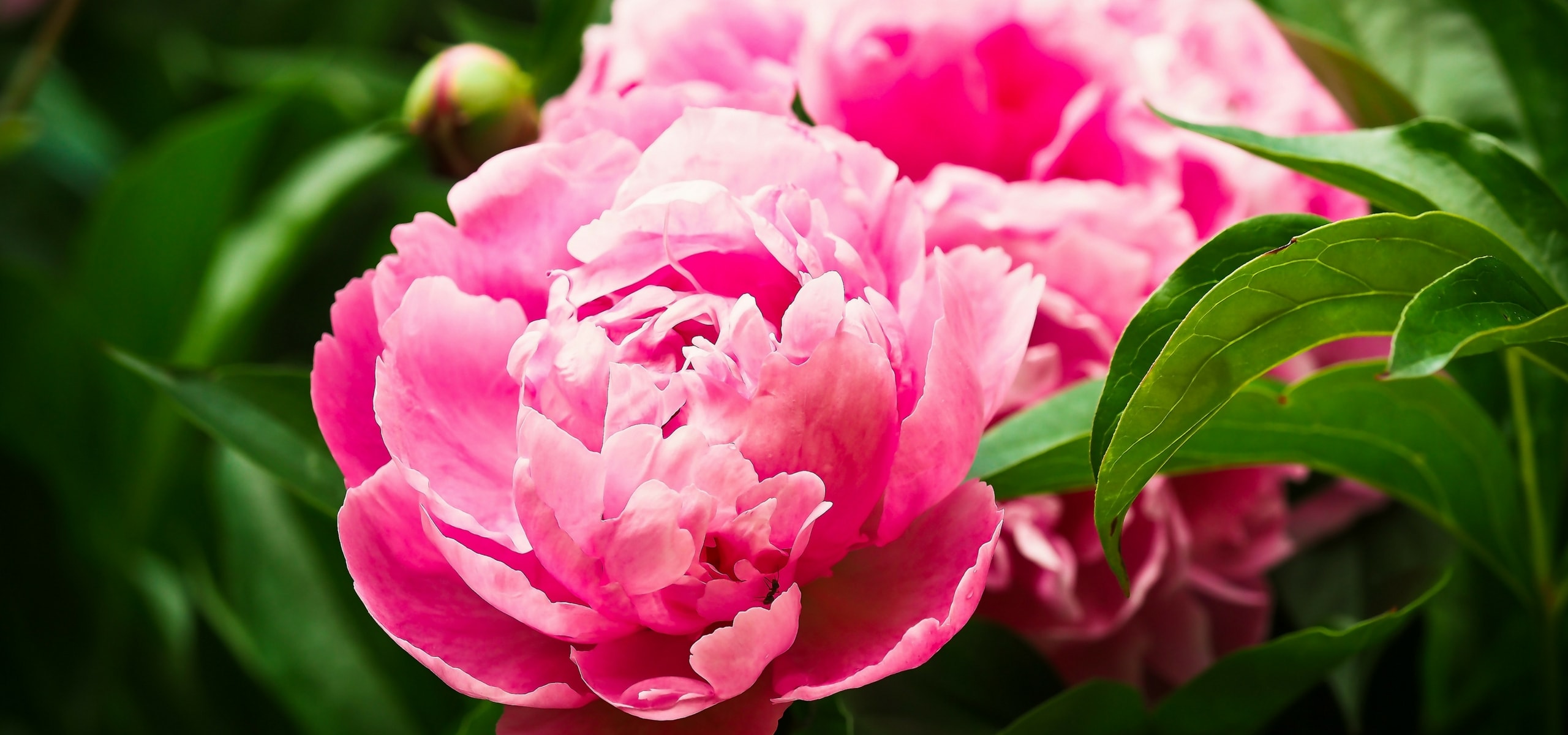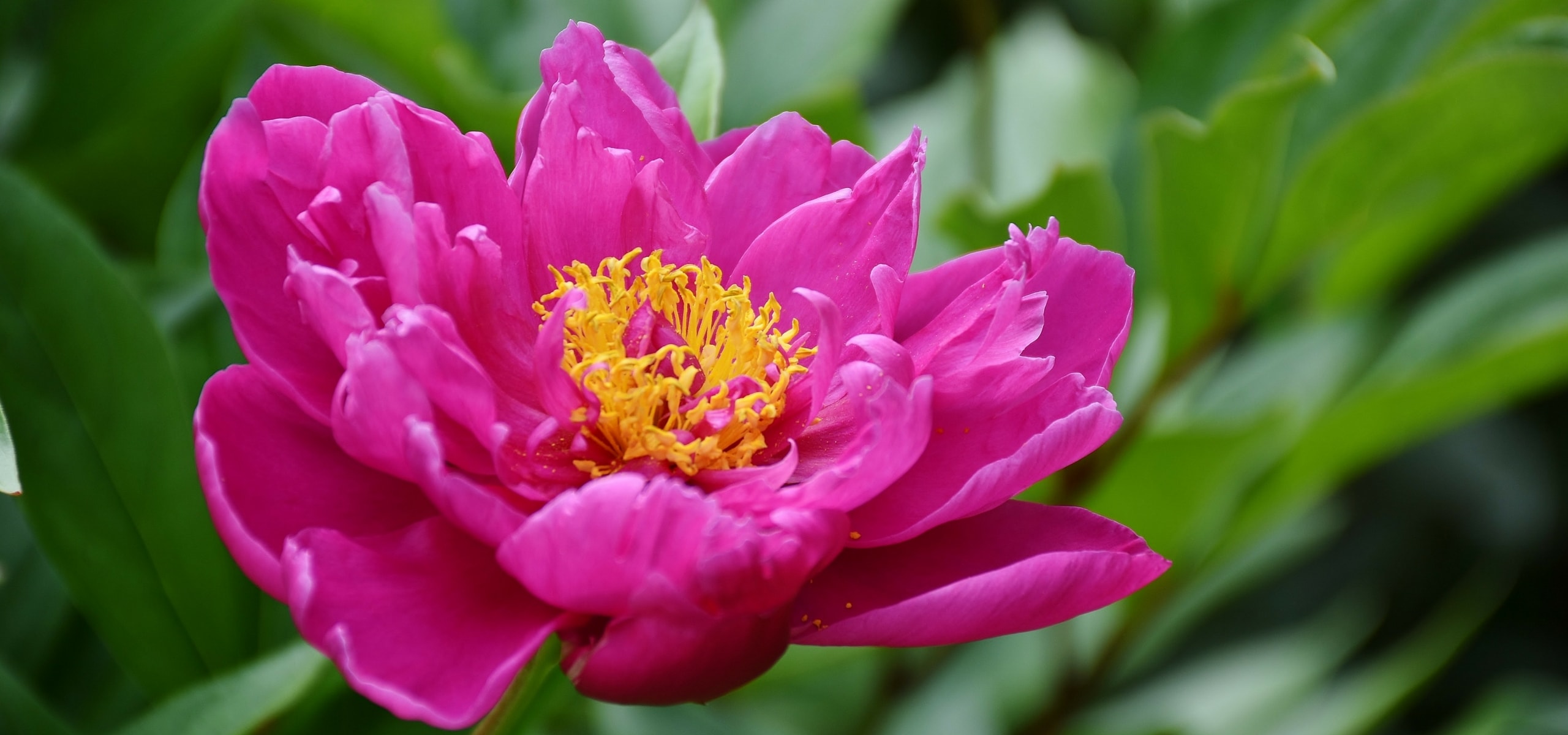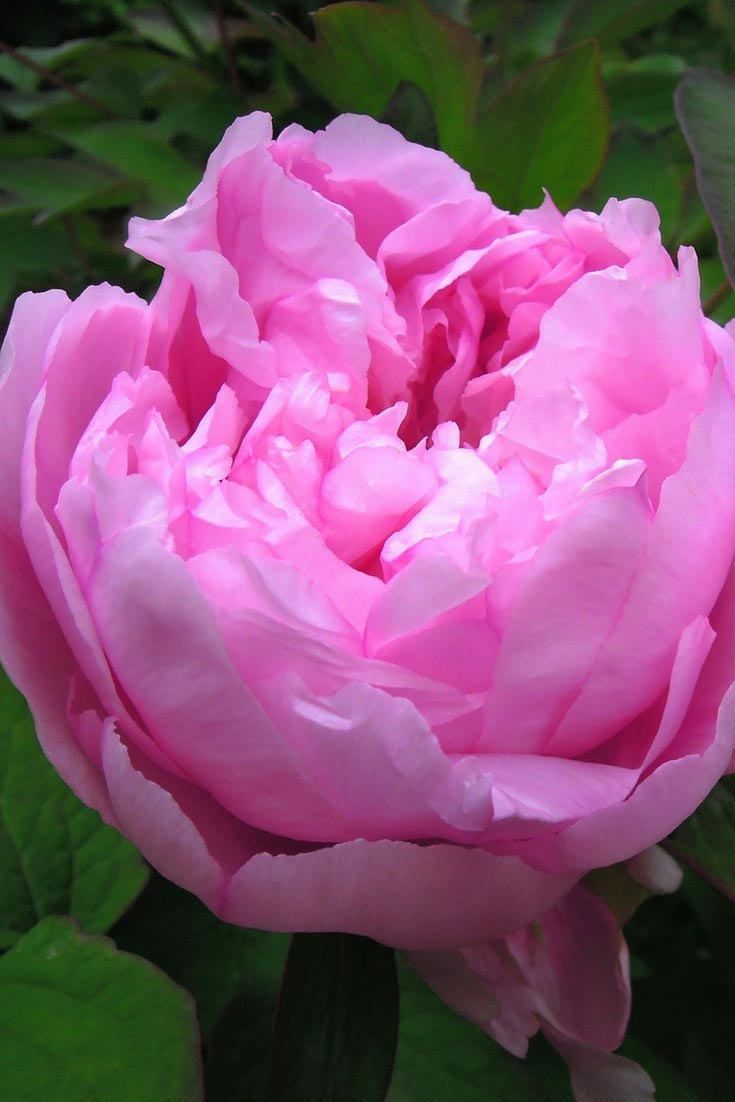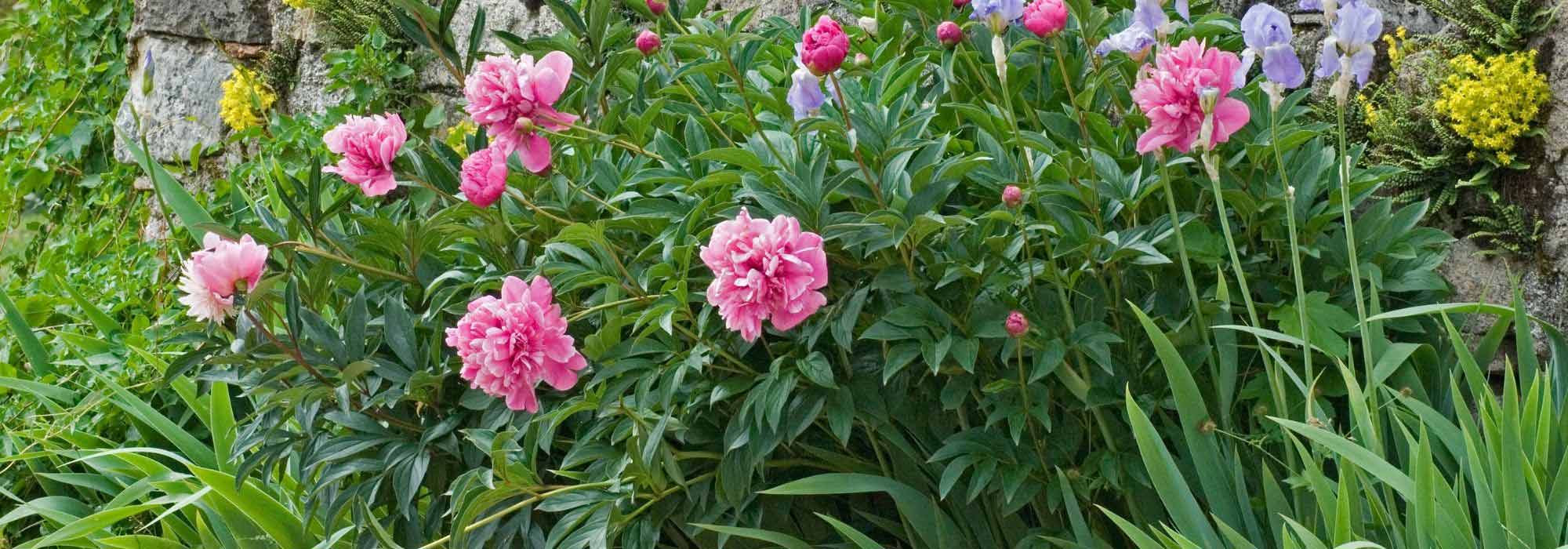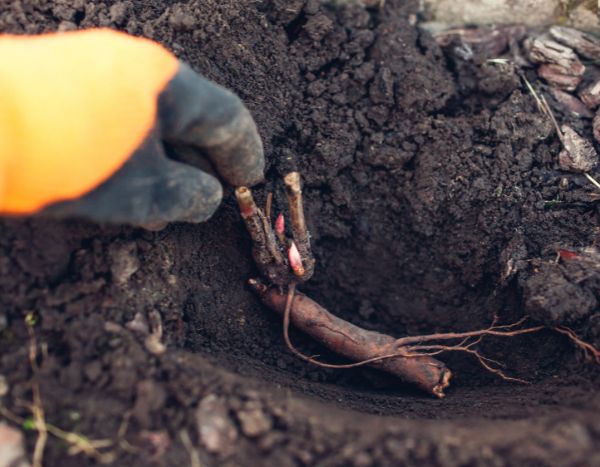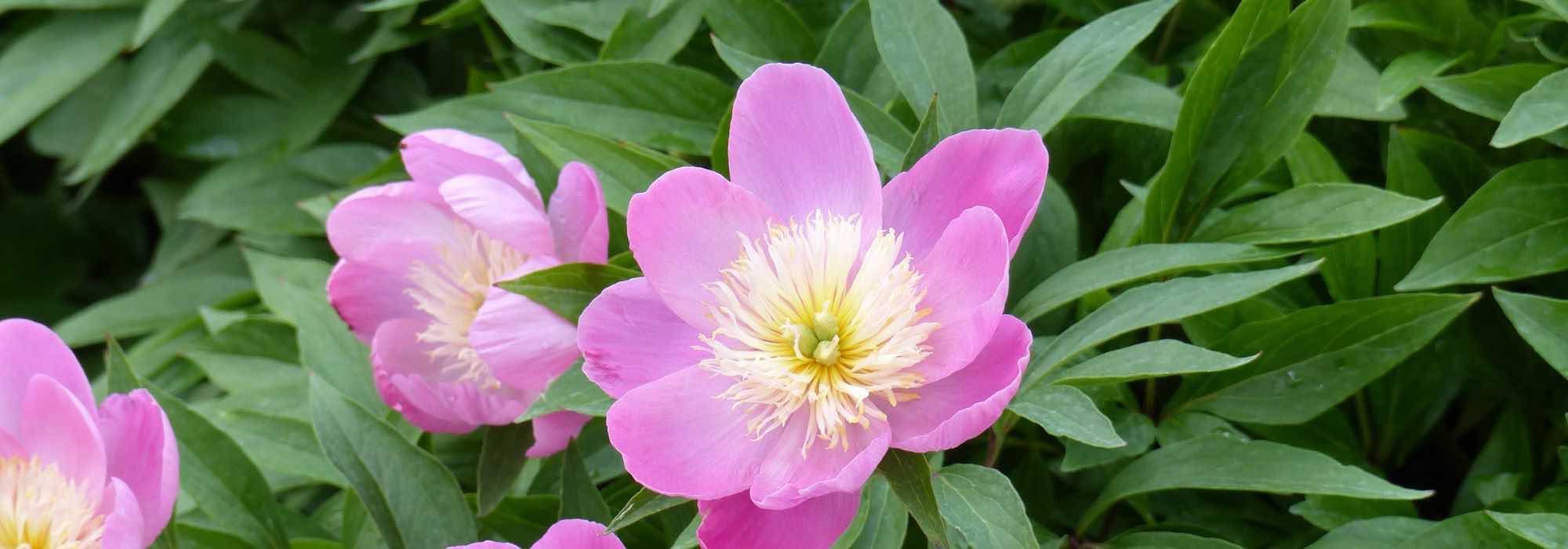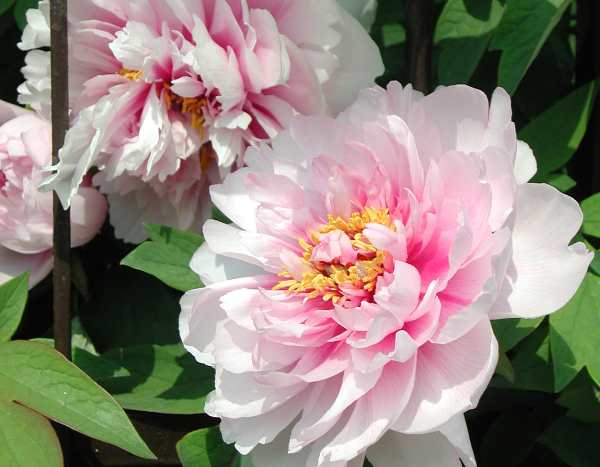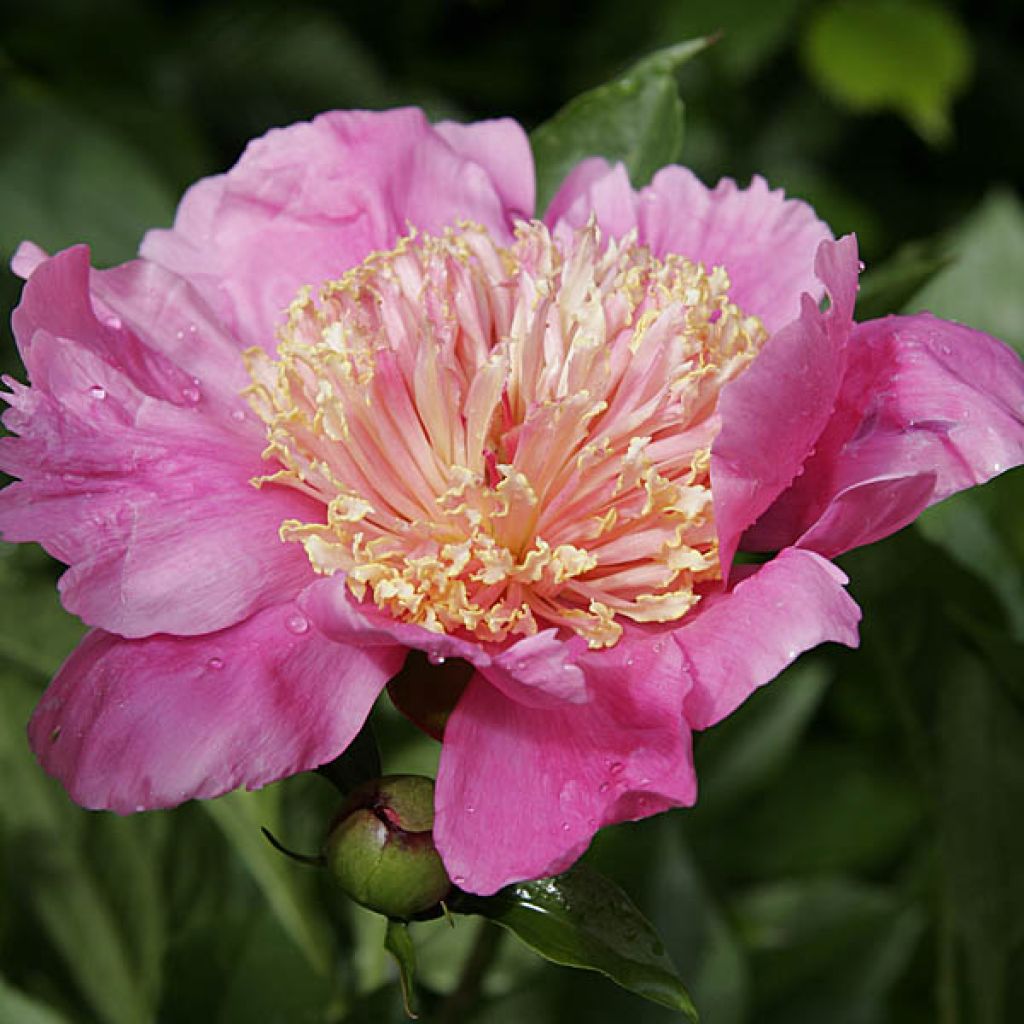

Pivoine lactiflora Doreen


Pivoine lactiflora Doreen
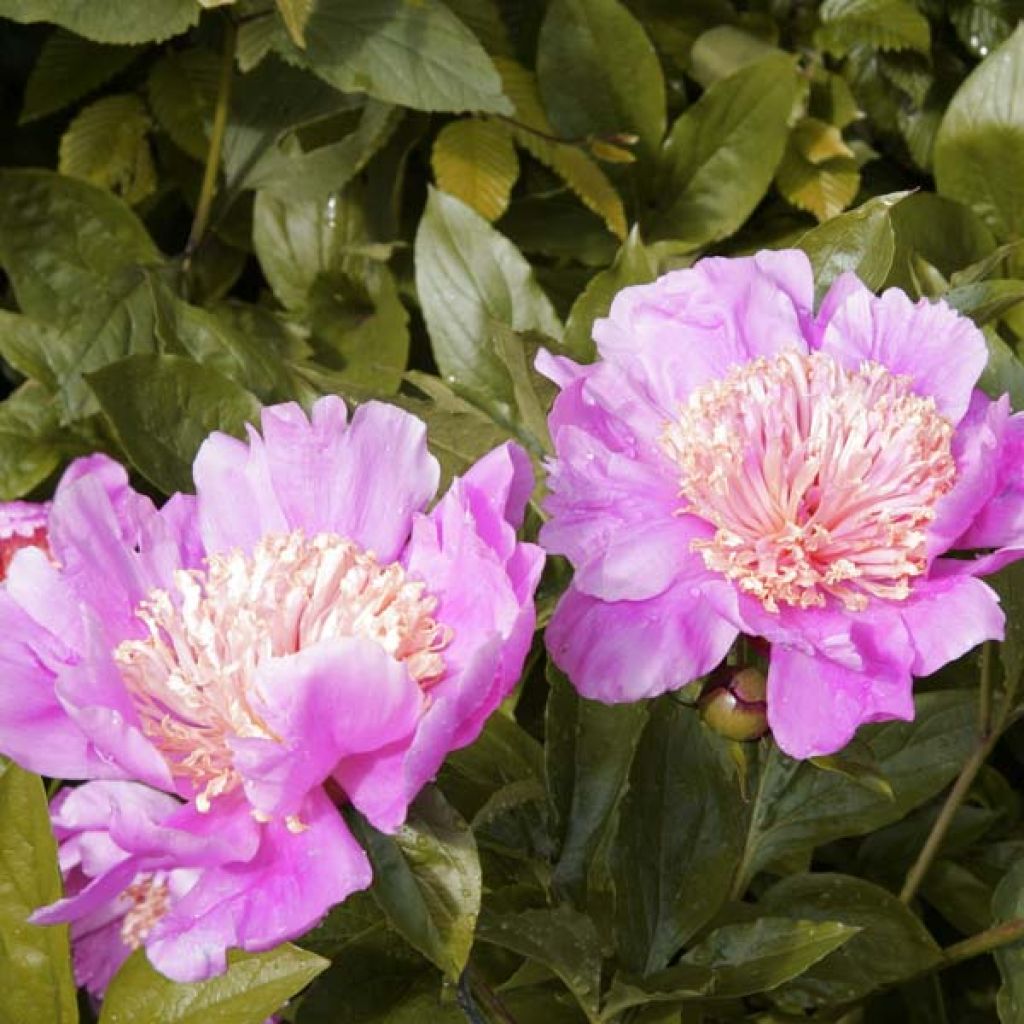

Pivoine lactiflora Doreen
Paeonia lactiflora Doreen
Paeonia x lactiflora Doreen
Chinese Peony, Herbaceous Peony
Special offer!
Receive a €20 voucher for any order over €90 (excluding delivery costs, credit notes, and plastic-free options)!
1- Add your favorite plants to your cart.
2- Once you have reached €90, confirm your order (you can even choose the delivery date!).
3- As soon as your order is shipped, you will receive an email containing your voucher code, valid for 3 months (90 days).
Your voucher is unique and can only be used once, for any order with a minimum value of €20, excluding delivery costs.
Can be combined with other current offers, non-divisible and non-refundable.
Home or relay delivery (depending on size and destination)
Schedule delivery date,
and select date in basket
This plant carries a 12 months recovery warranty
More information
We guarantee the quality of our plants for a full growing cycle, and will replace at our expense any plant that fails to recover under normal climatic and planting conditions.
Would this plant suit my garden?
Set up your Plantfit profile →
Description
Paeonia lactiflora 'Doreen' is a variety of Japanese type with vigorous growth. This hardy and very robust perennial plant blooms in the heart of spring. Its flowers are a very bright pink, with their centre occupied by numerous golden petaloid stamens, densely and closely implanted. They perfume the house and the garden.
Chinese herbaceous peonies are mainly derived from Paeonia lactiflora, a perennial herbaceous plant native to central and eastern Asia (from eastern Tibet, northern China, to eastern Siberia), where it naturally grows in woods and meadows. This plant belongs to the Ranunculaceae or Paeoniaceae Family. Herbaceous peonies, perennial by virtue of their roots, form a clump of foliage that completely disappears in winter.
Paeonia lactiflora 'Doreen' has been awarded by the British RHS for its ornamental qualities and its performance in the garden. The leaves of this Chinese Peony are dark green, composed of slightly dentate oval leaflets. Taking 4 to 5 years to reach its adult size, it can reach 1m (3ft) in height. This variety blooms in May-June, more or less early depending on the climate. Its flowers measure about 15 cm (6in) in diameter and they are very fragrant. They are carried on solid reddish stems. The vegetation disappears in winter, while the buds persist at ground level and develop in spring. This very long-lived plant grows from a large fleshy root that does not appreciate being moved.
Peonies are one of those plants that form the basis of a garden. Striking and fragrant, the 'Doreen' peony can be grown in a bed or alongside a pathway, associated with timeless and unpretentious perennials such as Tall Irises, Columbines, Perennial Geraniums, Carnations, or Christmas Roses. It can also be grown in the vegetable garden to supply cut flowers for the house. It fits perfectly beside a path, at the base of trained fruit trees. Only pot cultivation is not recommended, as its needs will not be met. Over time peonies becomes majestic and bloom more and more abundantly, producing up to 60 flowers. By associating different varieties with staggered flowering, it is possible to have flowers for 6 weeks from spring to early summer.
The Paeonia is a symbol of wealth and honour in China, where it has been cultivated for over 2000 years.
Our bouquet tip: Cut your peonies at sunrise, when the buds start to colour.
Paeonia lactiflora Doreen in pictures
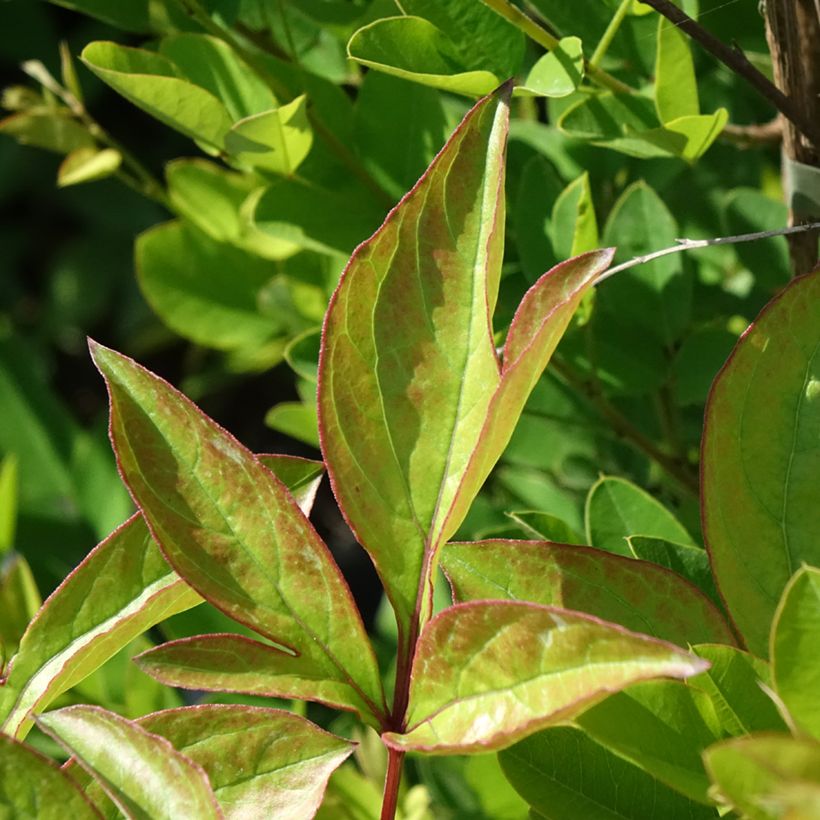

Flowering
Foliage
Plant habit
Botanical data
Paeonia
x lactiflora
Doreen
Ranunculaceae
Chinese Peony, Herbaceous Peony
Cultivar or hybrid
Other Herbaceous and hybrid Peonies
View all →Planting and care
Place the Doreen Peony mainly in the sun. In hotter regions provide partial shade during the hottest hours of the day. From September to May, and preferably in autumn, plant it in a fertile and deep, humus-rich, moist but well-drained soil to prevent the roots from rotting. Add compost or manure in autumn and spring. Easy to grow, peonies require little maintenance. During planting, make a large hole of 40 to 50 cm (16 to 20in) in diameter and add potting soil, river sand, and peat. Place the collar 6 cm (2in) below the surface.
Space the peonies 60 cm (24in) apart, as they need space and do not like competition from other species. Keep the soil moist with regular watering while the establish. Peonies are known to be homebodies and shouldn't be moved after planting. If you do decide to move them then you need to divide them, or they won't flower for several years. From February to April or October to November, cut the foliage to ground level. Provide a support stake to support the flower stems and remove faded flowers during the season. Protect peonies from viruses, nematodes, and thrips larvae. Armillaria (honey fungus) can cause rapid death of the plant, and stem rot destroys shoots and flower buds.
Planting period
Intended location
Care
Planting & care advice
This item has not been reviewed yet - be the first to leave a review about it.
Haven't found what you were looking for?
Hardiness is the lowest winter temperature a plant can endure without suffering serious damage or even dying. However, hardiness is affected by location (a sheltered area, such as a patio), protection (winter cover) and soil type (hardiness is improved by well-drained soil).

Photo Sharing Terms & Conditions
In order to encourage gardeners to interact and share their experiences, Promesse de fleurs offers various media enabling content to be uploaded onto its Site - in particular via the ‘Photo sharing’ module.
The User agrees to refrain from:
- Posting any content that is illegal, prejudicial, insulting, racist, inciteful to hatred, revisionist, contrary to public decency, that infringes on privacy or on the privacy rights of third parties, in particular the publicity rights of persons and goods, intellectual property rights, or the right to privacy.
- Submitting content on behalf of a third party;
- Impersonate the identity of a third party and/or publish any personal information about a third party;
In general, the User undertakes to refrain from any unethical behaviour.
All Content (in particular text, comments, files, images, photos, videos, creative works, etc.), which may be subject to property or intellectual property rights, image or other private rights, shall remain the property of the User, subject to the limited rights granted by the terms of the licence granted by Promesse de fleurs as stated below. Users are at liberty to publish or not to publish such Content on the Site, notably via the ‘Photo Sharing’ facility, and accept that this Content shall be made public and freely accessible, notably on the Internet.
Users further acknowledge, undertake to have ,and guarantee that they hold all necessary rights and permissions to publish such material on the Site, in particular with regard to the legislation in force pertaining to any privacy, property, intellectual property, image, or contractual rights, or rights of any other nature. By publishing such Content on the Site, Users acknowledge accepting full liability as publishers of the Content within the meaning of the law, and grant Promesse de fleurs, free of charge, an inclusive, worldwide licence for the said Content for the entire duration of its publication, including all reproduction, representation, up/downloading, displaying, performing, transmission, and storage rights.
Users also grant permission for their name to be linked to the Content and accept that this link may not always be made available.
By engaging in posting material, Users consent to their Content becoming automatically accessible on the Internet, in particular on other sites and/or blogs and/or web pages of the Promesse de fleurs site, including in particular social pages and the Promesse de fleurs catalogue.
Users may secure the removal of entrusted content free of charge by issuing a simple request via our contact form.
The flowering period indicated on our website applies to countries and regions located in USDA zone 8 (France, the United Kingdom, Ireland, the Netherlands, etc.)
It will vary according to where you live:
- In zones 9 to 10 (Italy, Spain, Greece, etc.), flowering will occur about 2 to 4 weeks earlier.
- In zones 6 to 7 (Germany, Poland, Slovenia, and lower mountainous regions), flowering will be delayed by 2 to 3 weeks.
- In zone 5 (Central Europe, Scandinavia), blooming will be delayed by 3 to 5 weeks.
In temperate climates, pruning of spring-flowering shrubs (forsythia, spireas, etc.) should be done just after flowering.
Pruning of summer-flowering shrubs (Indian Lilac, Perovskia, etc.) can be done in winter or spring.
In cold regions as well as with frost-sensitive plants, avoid pruning too early when severe frosts may still occur.
The planting period indicated on our website applies to countries and regions located in USDA zone 8 (France, United Kingdom, Ireland, Netherlands).
It will vary according to where you live:
- In Mediterranean zones (Marseille, Madrid, Milan, etc.), autumn and winter are the best planting periods.
- In continental zones (Strasbourg, Munich, Vienna, etc.), delay planting by 2 to 3 weeks in spring and bring it forward by 2 to 4 weeks in autumn.
- In mountainous regions (the Alps, Pyrenees, Carpathians, etc.), it is best to plant in late spring (May-June) or late summer (August-September).
The harvesting period indicated on our website applies to countries and regions in USDA zone 8 (France, England, Ireland, the Netherlands).
In colder areas (Scandinavia, Poland, Austria...) fruit and vegetable harvests are likely to be delayed by 3-4 weeks.
In warmer areas (Italy, Spain, Greece, etc.), harvesting will probably take place earlier, depending on weather conditions.
The sowing periods indicated on our website apply to countries and regions within USDA Zone 8 (France, UK, Ireland, Netherlands).
In colder areas (Scandinavia, Poland, Austria...), delay any outdoor sowing by 3-4 weeks, or sow under glass.
In warmer climes (Italy, Spain, Greece, etc.), bring outdoor sowing forward by a few weeks.






























